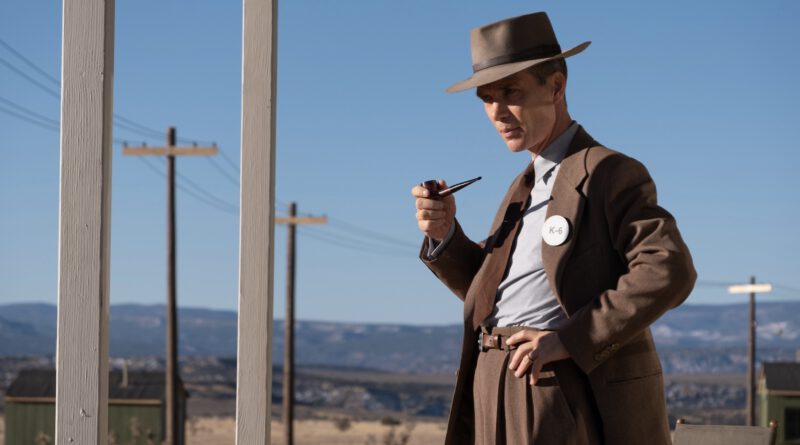‘Oppenheimer’: Yes, there really was a nuclear reactor under a football field.
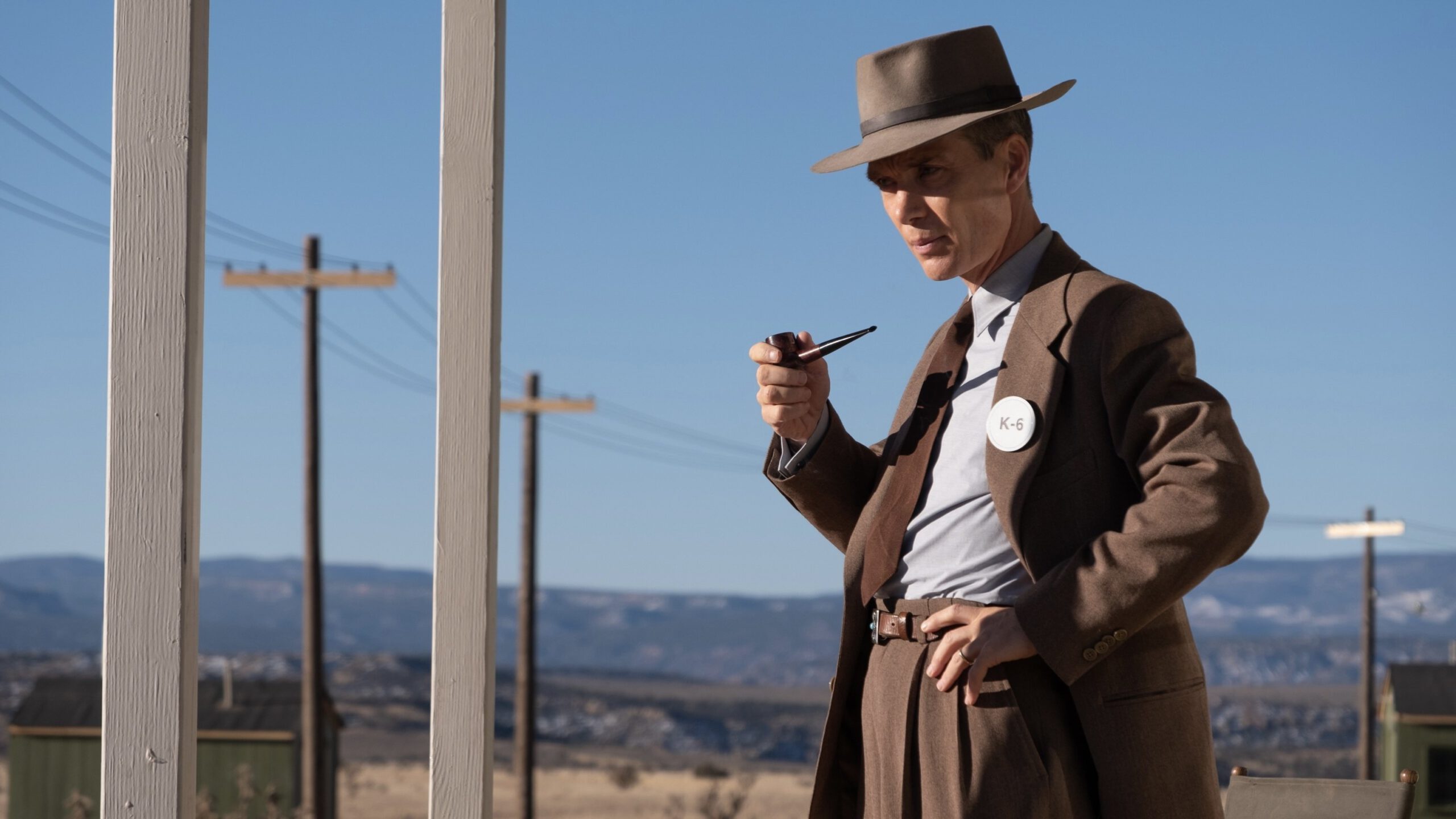
For two years of my time as a student at the University of Chicago, my dorm building, my cafeteria, and the library where I worked all stood on the same block as the site of the world’s first-ever manmade nuclear reactor.
Upon first glance, you wouldn’t really know just how much this stretch of land in Chicago’s Hyde Park shaped the Atomic Age. Between the hustle and bustle of students, you might be more distracted by the crayon-bright colors of the Max Palevsky dorms, the imposing brutalist architecture of the Regenstein Library, or even the glass dome of the Mansueto Library. Look past those, however, and you’ll see a bronze statue by Henry Moore, titled “Nuclear Energy,” commemorating the construction of the reactor — and the moment in 1942 when it went critical.
That same nuclear reactor makes an ever-so-brief appearance in Christopher Nolan’s Oppenheimer, when physicist J. Robert Oppenheimer (Cillian Murphy) journeys to Chicago to check out his Manhattan Project colleagues’ progress. He encounters physicists like Enrico Fermi (Danny Deferrari) and Leo Szilard (Máté Haumann), who confirm that they have successfully engineered the first manmade nuclear reaction. How did they do it? With Chicago Pile-1, or CP-1: a reactor made of bricks of graphite, built under a football field on an active college campus.
The scene barely takes up any time in the three-hour-long epic that is Oppenheimer, but the science behind it is crucial to the creation of the atomic bomb. Not only that, but the construction of CP-1 is fascinating enough that it could easily be its own movie. How did it work? Did it leave any radiation on the UChicago campus? And perhaps most strangely of all, why was it built under a football field?
What is CP-1, and why was it important to the Manhattan Project?
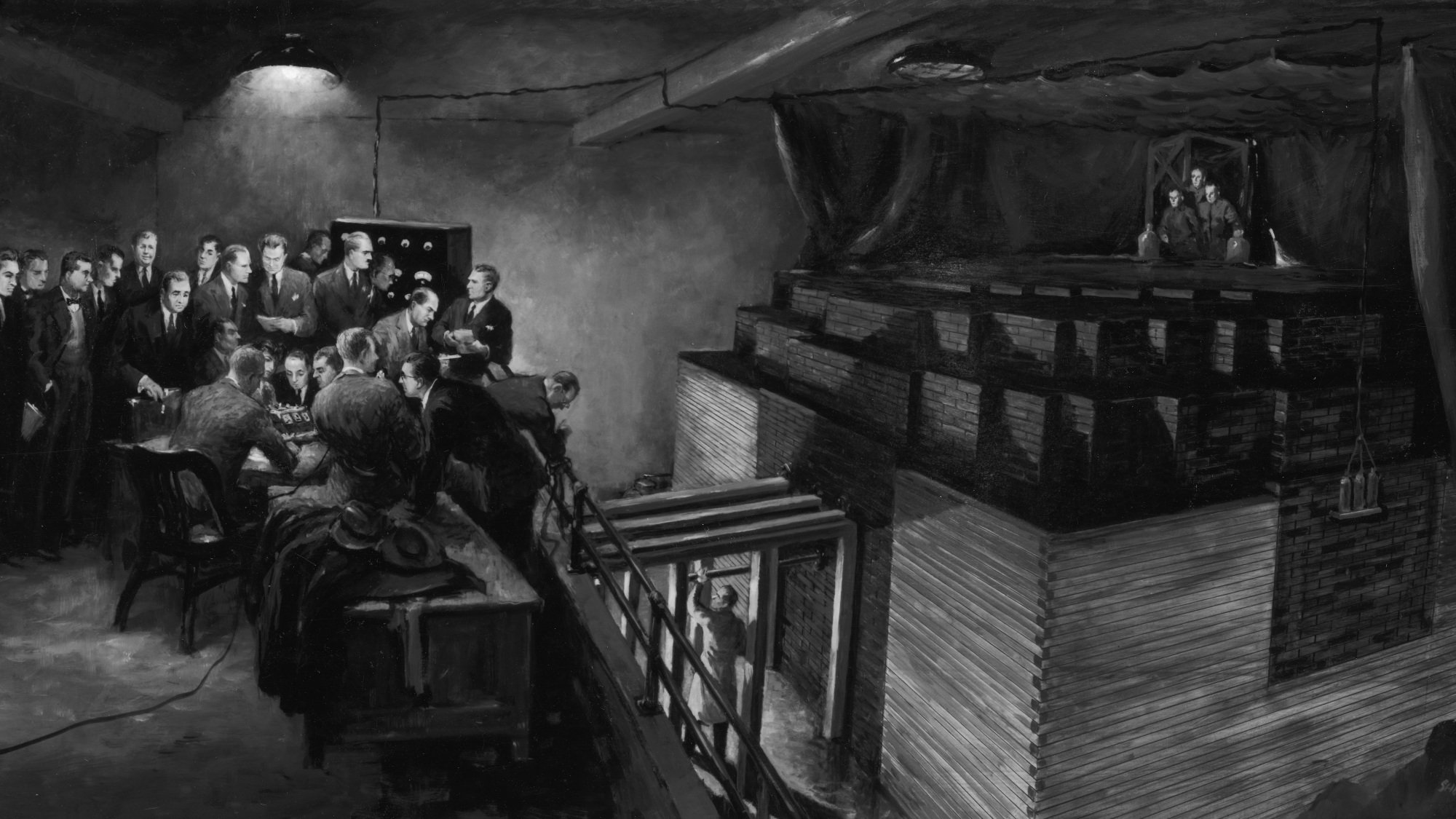
As the Manhattan Project got underway, several things became apparent. First, scientists had to determine whether controlling a nuclear chain reaction was even possible.
The principle of a chain reaction was already well understood by this point. “If very heavy nuclei — in this case uranium — absorb a neutron, they will fission, and they will break into pieces and give up a certain amount of energy so that the nuclei fly off and everything gets hotter,” Peter Littlewood, Chair of the UChicago Department of Physics, explained to Mashable in a phone interview. “For every nucleus that fissures, you generate three extra neutrons. And if these neutrons get captured by another, then you get nine and you keep on building. That’s what we call a chain reaction.”
On top of figuring out how to control such a reaction, the scientists also needed enough fissile material, such as plutonium or uranium, to place in the test bomb, as well as the bombs that the U.S. government would go on to drop over Hiroshima and Nagasaki.
Enter CP-1. In November of 1942, Fermi and other members of the UChicago’s Metallurgical Laboratory — which studied plutonium — constructed CP-1 on a squash court under the west football stands of the University’s Stagg Field. Stagg was once host to UChicago’s football team. However, Fermi and colleagues didn’t have to worry about interfering with football games or practice given that University President Robert Maynard Hutchins had ended the fairly dominant varsity football program in 1939.
“I think it is a good thing for the country to have one important university discontinue football,” Hutchins told students in a 1940 address. “There is no doubt that, on the whole, the game has been a major handicap to education in the United States.” (The sport returned in 1969, although by then, the old Stagg Field had been replaced by the Regenstein Library.)
Thanks to UChicago’s sudden aversion to athletics, construction on CP-1 continued until December 2, 1942, when the reactor produced the first manmade, self-sustaining nuclear chain reaction. With the knowledge that such a a reaction was possible, construction began on a nuclear reactor in Hanford, Washington, where plutonium production for the Trinity Test bomb and the bomb dropped over Nagasaki took place. CP-1 itself was not responsible for any of the plutonium production.
“CP-1 was designed as an experiment. It wasn’t designed to do anything other than prove that the principle worked,” Peter Littlewood, Chair of the UChicago Department of Physics, told Mashable in a phone interview. “But they were so confident that it worked that they had already designed the Hanford reactor before the experiment was completed.” Construction on Hanford only took 18 months.
How did CP-1 work?
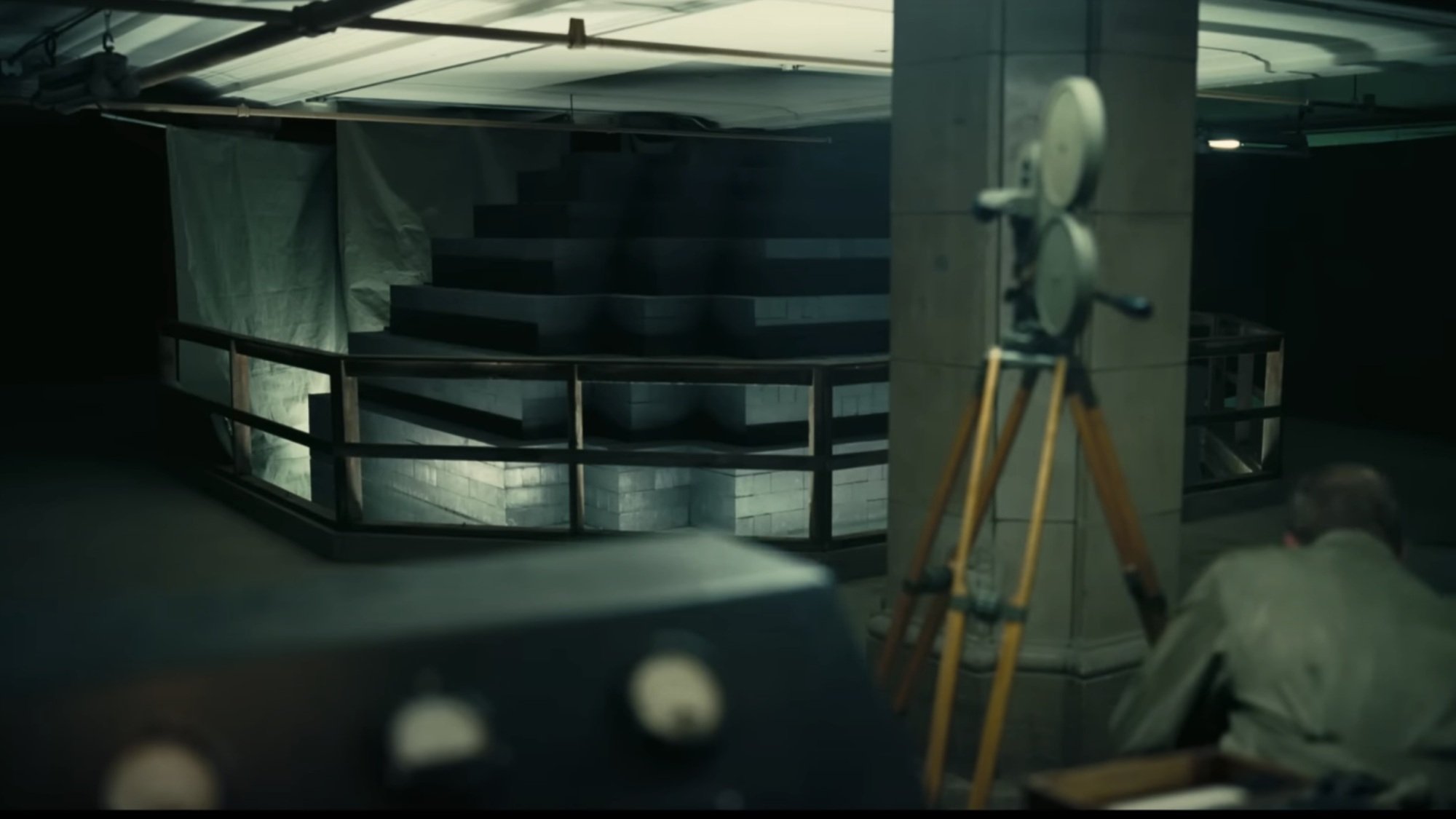
Fermi himself described CP-1 as “a crude pile of black bricks and wooden timbers.” So how did such a “crude” structure, 20 feet wide and 25 feet tall, create a monumental chain reaction?
On top of the graphite blocks, CP-1 also contained smaller pellets of uranium, which would help initiate the chain reaction in the first place. The graphite served as a “moderator” for the reaction. “It slows down neutrons and makes them more easy to absorb by uranium atoms,” Littlewood explained in an e-mail.
But the ultimate form of control came in the form of long wooden rods coated in cadmium, which absorbed the neutrons. “When the control rods are all pushed in, nothing happens,” said Littlewood. “Then you withdraw the control rods, and every time you do that, there’s a little burst of energy.” Fermi and his team monitored these bursts of energy, watching the power build up and calculating how far to pull the control rods out until the energy was self-sustaining.
Were the CP-1 experiments safe?
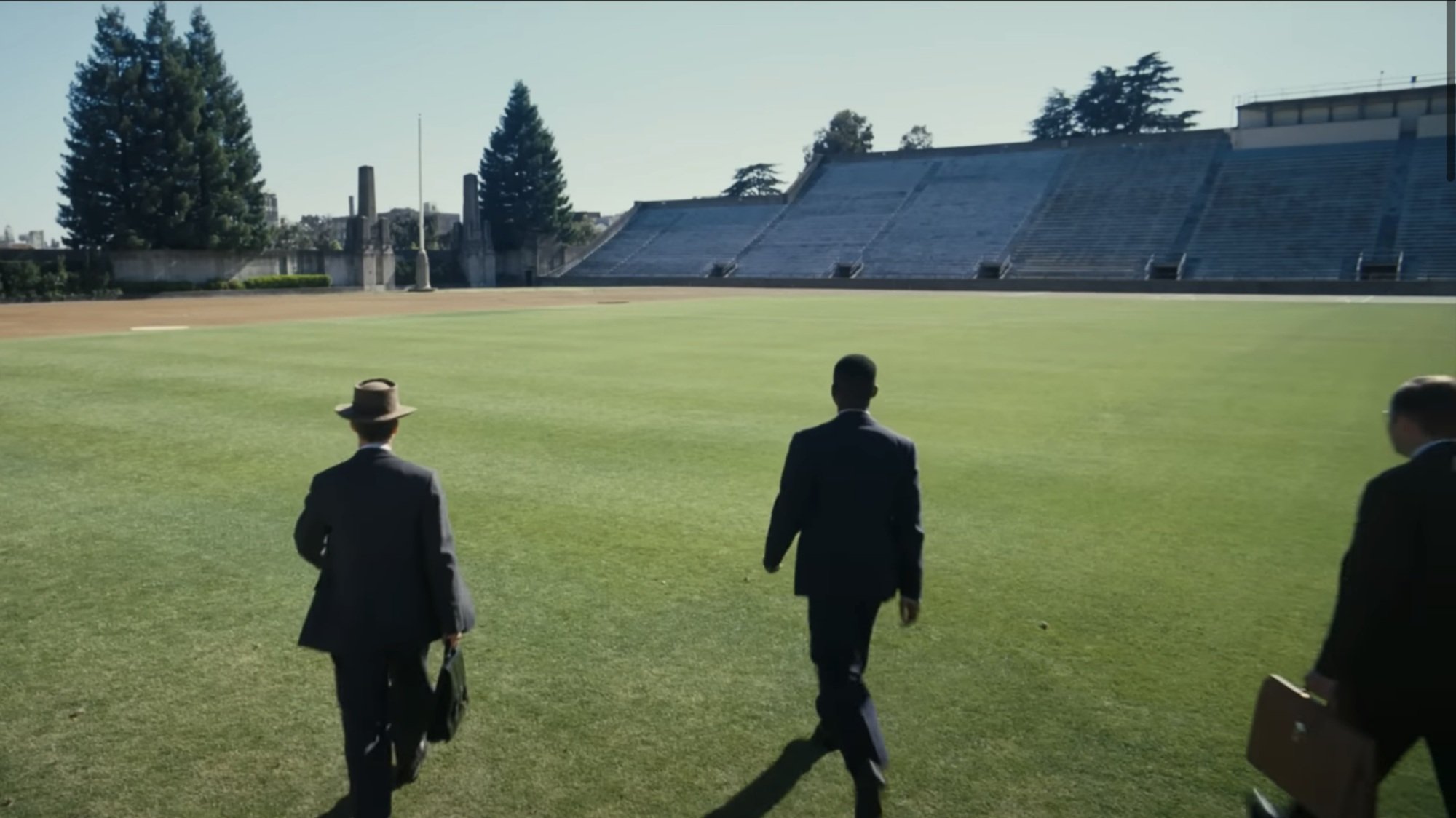
Upon learning that I was spending a large chunk of my time at UChicago hanging out around the site of an old nuclear reactor, I was mildly alarmed. Would I graduate from school with an extra head?
On the one hand, every tour group passing the Moore statue gets assured that the site is not a radioactive hazard. On the other hand, an old professor of mine once told my class a rumor that the café in the Regenstein Library had been moved from the basement to the first floor due to traces of radiation found in the basement. (To put it in perspective: I and many other UChicago students have spent more time in that library basement than Cillian Murphy does staring right into the camera in Oppenheimer.)
Luckily, Littlewood assured me that that wasn’t the case. “I have heard that rumor, but not really from a reputable source, so I don’t buy it.”
He continued: “The other thing is that radiation is everywhere, and it’s very easy to find. Could there have been some radioactive contamination that was permanent? It would depend on how well they cleaned up the fissile material or what they did with it. At the time, and certainly later in the Cold War, we were extraordinarily lax in taking care of radioactive material… But the amount of radiation which was created by CP-1 would probably have been quite tiny.” Graphite could also have absorbed some of the radiation, acting as protection in a setting that otherwise lacked shielding.
Adding to these assurances? In a 2019 NPR story, UChicago’s radiation safety officer James Marsicek used a Geiger counter to measure the radiation around what used to be Stagg Field. The counter consistently measured .02 millirems per hour, simply picking up the background radiation that naturally occurs around us.
None of this is information that you’ll get in Oppenheimer — a film already filled to the brim with decades’ worth of science — but it’s crucial to understand just how much effort went into the Manhattan Project. One quick glimpse of CP-1 in the movie hides stories of abandoned football fields, hastily constructed power plants, and even worries (now soothed) about radioactive libraries. But Littlewood is quick to point out that CP-1’s role in the Manhattan Project is only part of its impact.
When CP-1 went critical, Littlewood said that “it became clear, at that point, that you could use nuclear power to generate energy. Following the war, there was work from the government to do that. That involved setting up what became Argonne National Lab, which is about 25 miles southwest of the city. Argonne National Lab was the place which designed and built the first set of nuclear reactors and formed the prototypes of things which have spread around the world. So it’s very much a case of swords into plowshares.”
As for the UChicago Physics Department’s thoughts on Oppenheimer? “We’re physicists, so we’re not used to getting excited,” Littlewood said. “I’m sure we’ll probably do a private screening of it at some point for our students.
